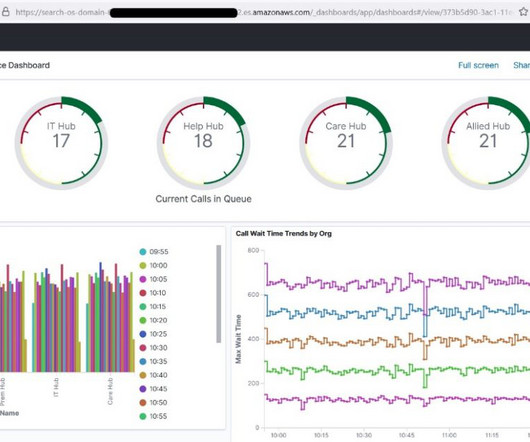Self-Service BI vs Traditional BI: What’s Next?
Alation
MARCH 29, 2022
Business intelligence has a long history. Historian Richard Millar Devens first used the term to describe the machinations of banker Sir Henry Furnese, who collected information and acted on it quickly to outsmart his competition. But there have always been limits on who can access valuable data, as well as how it can be used.














Let's personalize your content